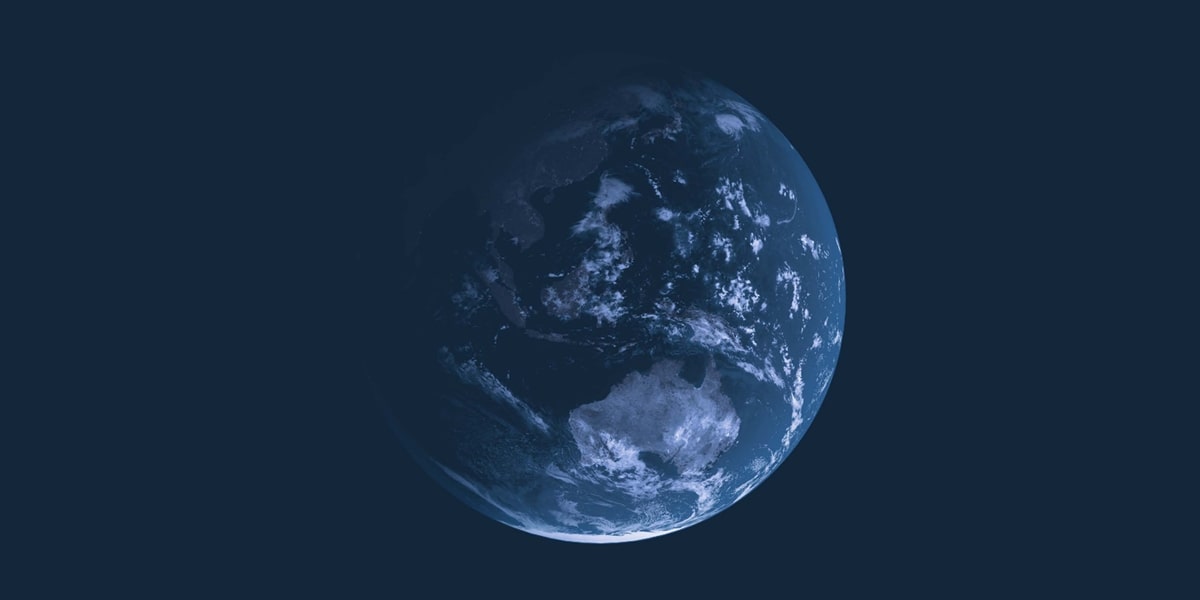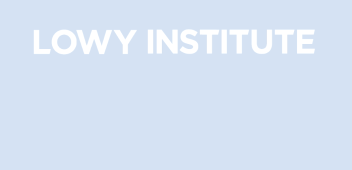China is steadily building an alternative world order
Originally published in the Australian Financial Review on 29 September 2023.

To little fanfare in Australia, Beijing launched a grand plan this week to remake the rules governing global politics, positioning itself as the leader of a loose alliance of scores of developing nations.
We should take notice, though, as the proposal solidifies Beijing’s ambitions to sign up Australia’s immediate Pacific neighbours and the countries of South-East Asia to its alternative world order.
China has already made ground in our near abroad. The Solomon Islands security deal, struck last year, is bedded down. Last week, Timor-Leste signed a new agreement with Beijing that includes military co-operation.
China’s failure last year to sign up 10 Pacific nations to a regionwide, trade and security pact was a high-profile setback, but the episode was only a way station in a long campaign to build power and influence.
What’s next? An undersea cable in Papua New Guinea? Pacific nations such as Tuvalu that recognise Taiwan switching their diplomatic ties to Beijing? Canberra will sweat every Chinese advance, large or small.
The white paper released in Beijing by Chinese Foreign Minister Wang Yi, A Global Community of Shared Future: China’s Proposal and Action, is a West-versus-the-rest package.
In the words of a Chinese academic quoted approvingly by state media this month, the old Western-dominated rules are based on the bullying and plunder of developing countries. Beijing’s global governance is built on fairness and development.
Put another way, the US represents hegemony and coercion, while China stands for democracy and balance. The hard truth, and a marker of the contest facing Australia in the region, is that this topsy-turvy pitch often goes down far better than many want to acknowledge.
The Ukraine war is a prime example. The refrain often heard in Australia – that the world is united against the Russian invasion – is wrong.
Western democracies, along with Japan, South Korea, New Zealand and Singapore in Asia, have sanctioned Moscow. But other nations, even some that condemned the initial invasion, have stayed above the fray, or, like China and India, used the moment to solidify trade ties with Russia.
Fault lines are exploited wherever possible
China has also highlighted what it contends is Western hypocrisy. The US invaded Iraq. Russia invaded Ukraine. What’s the difference?
Beijing exploits these fault lines wherever it can. Most remarkably, it sells alignment with it as a way to avoid costly entanglements with superpowers such as the United States.
While it purports to steer clear of superpower competition – in Chinese code, “Cold War thinking” – Beijing’s global governance initiative is driven by it.
To say that Beijing is building an “alternative world order” may sound like a conspiracy theory, but the plan has slowly unfurled over more than a decade.
Beijing’s tactical moves, such as the Timor-Leste deal, often emerge with an element of surprise – China’s opacity makes it good at keeping secrets – but the direction of policy has long been plain to see.
The Belt and Road Initiative (BRI) started in 2013 as an infrastructure play to link China, the Middle East and Europe, by way of Central Asia and South-East Asia.
Chinese BRI lending has wound back, partly because many countries have overborrowed and can’t take on more debt, and partly because of concerns in Beijing about corruption and waste.
But the BRI served its purpose, providing a concrete foundation – in some cases, literally – for ideas now emanating from Beijing about development, security and culture.
China’s exceptional, economic growth over decades has put it on the verge of developed country status. In a few years, it should qualify to join the Organisation for Economic Co-operation and Development.
But politically, Beijing has little interest in such institutions. In the words of one Politburo member, speaking recently in Cuba, China will “always be part of the developing world and a member of the Global South”.
The Global South may have become, as the Financial Times recently said, a meaningless descriptor for all lower-income nations, some of which, like Russia, have extensive imperialist traditions themselves.
The Pacific and South-East Asia are a case in point. With multiple nations of varying wealth and political traditions, and disparate relations with Washington and Beijing, the countries can hardly be lumped together.
Unifying message can prove appealing
But Chinese leaders have a unifying message to these nations. The US-centric order has pushed them to the margins, they argue, whereas China will put their interests at the heart of global governance.
It might be phoney, but Beijing’s we-stand-up-for-the-little-guy mantra, combined with a focus on development and an indifference to issues of domestic politics, makes for a real jumping-off point for engagement.
China doesn’t just have money (which almost always takes the form of non-concessional loans) to hand out. It has a narrative to sell as well.
If you were Timor-Leste, you too would want investment from wherever you could get it. Given that country’s leaders’ struggle for independence, all the better that it comes with a seductive political story.
What’s Australia’s narrative? It needs to be a mix of development, security and democracy, executed consistently and independently of great-power competition. A combination of shared values and shared interests.
It can’t just be that we are the good guys, which we haven’t always been anyway, or about excluding China, which is not happening.


